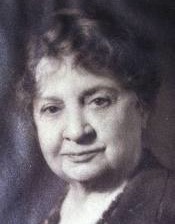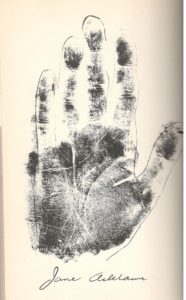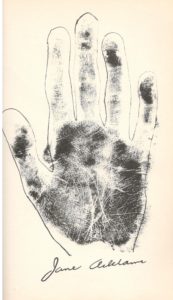When I first heard the Jane Addams Papers Project had come to Ramapo, I was beginning my sophomore year. I had just been thinking about research opportunities for history majors, so it seemed almost like fate when I saw posters around campus advertising for the JAPP interest meeting. Next thing I knew, I was part of the JAPP team as a research assistant and still am part of it as I begin my senior year.

I’ve always had a passion for research and the past, so I knew when I enrolled at Ramapo that I wanted to be a history major. As I advanced in my academic career, I added a minor in international studies, developing an interest in how the past has led to current events. For both my history and international studies classes, I’ve researched international current events and the history behind them, and as a member of Ramapo’s Honors Program, I’ve attended numerous regional and national conferences to present my research. This past June, I published a paper titled “Identity Crisis: How the Outcome of the Cold War affects our Understanding of the Crisis in Ukraine” in the undergraduate research journal The Augsburg Honors Review. Currently, I am working on my Honors senior thesis, focusing on Scotland’s reaction to Brexit and how the historic relationship between Scotland and the United Kingdom contributed to this reaction. To gain a better understanding of Scotland’s culture and history, I studied abroad in Edinburgh over the summer, taking a Scottish History course and exploring the country from the cities in the Lowlands to the small towns in the Highlands. I even climbed Ben Vrackie, a mountain 2,759 feet above sea level, and visited Loch Ness during my travels!
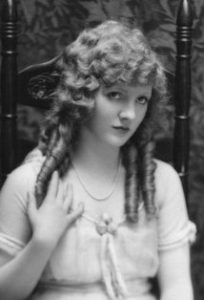
As a lover of research, when I heard about the JAPP, I was immediately drawn to it. I began at the project by transcribing documents but soon realized that I preferred to research the people who made appearances in Jane Addams’s life – and I’ve been researching them ever since! I love uncovering the stories of their lives, and I especially love the challenge of digging for information on people who weren’t well-known. It’s very exciting when I can find information, and I feel like a detective! Sometimes I come across people with fascinating lives; recently I just wrote the bio for actress Mary Miles Minter, who was a suspect in the unsolved murder of her lover in 1922. I have even found myself writing the bios of people I’ve come across before, such as Victor Moore, an actor who starred in one of my favorite movies, It Happened on 5th Avenue. The stories of those who came before us are something that I can never get enough of, and at the JAPP I’m able to gather and share the stories of so many people, writing them into a narrative that will be accessible for years to come.
Outside of history and international studies, I have a passion for music, theater, and the arts. I sing, play ukulele, and am a member and business manager of Orchidstra, a barbershop quartet. I am also a Global Roadrunner, a member of Ramapo’s French Club, and in Phi Alpha Theta (history honors society), Sigma Iota Rho (international studies honors society), and Alpha Lambda Delta (first-year honors society). In addition, I enjoy photography, hiking, and spending time in the great outdoors. I spent two summers interning at the Washington Township (Morris County) Municipal Building, and after graduation, I plan to pursue a career in government. But while still at Ramapo, I continue to research and write the stories of various historic people, and I am loving my role on the JAPP team.
— Sara Catherine Lichon, Editorial Assistant

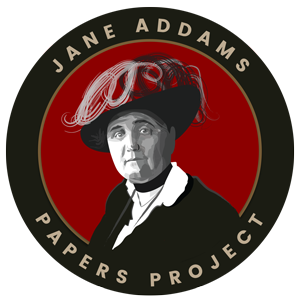
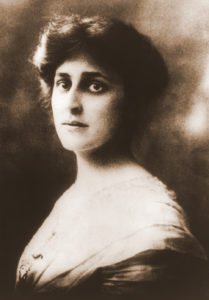
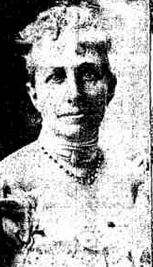
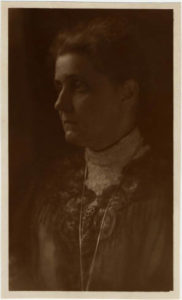
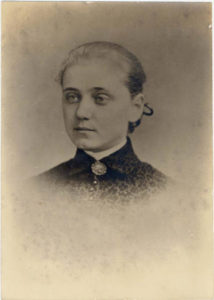
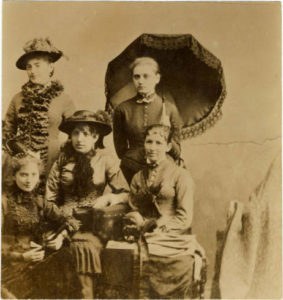
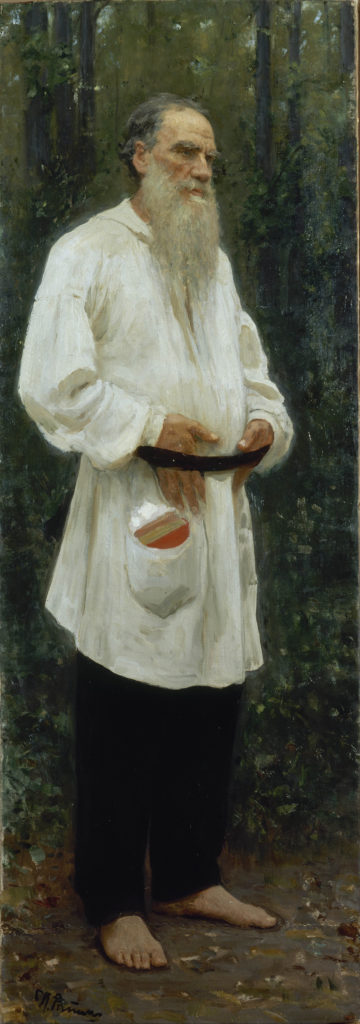
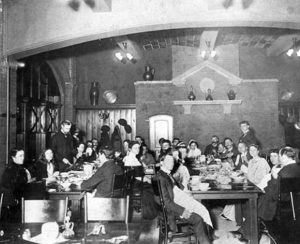
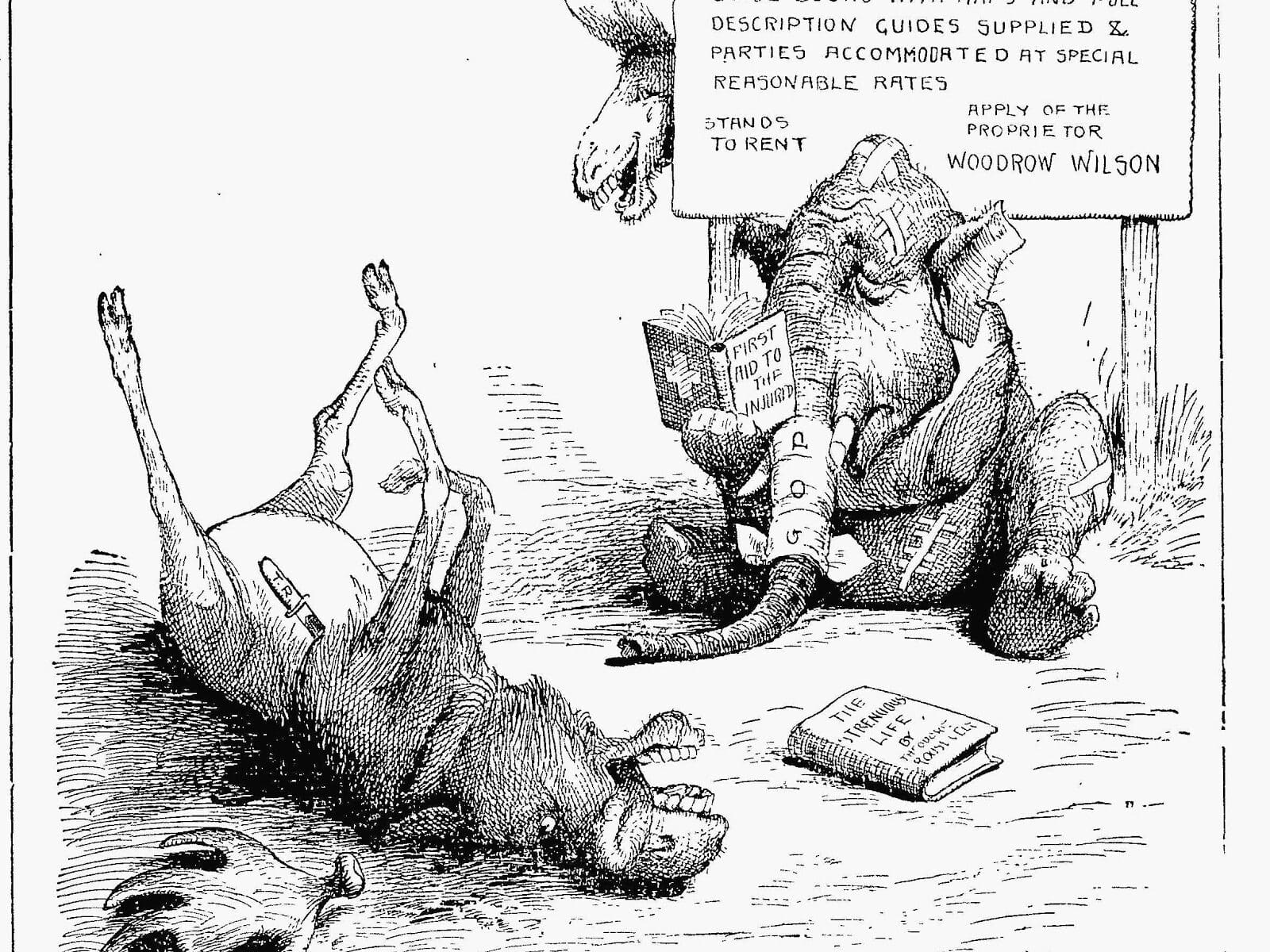
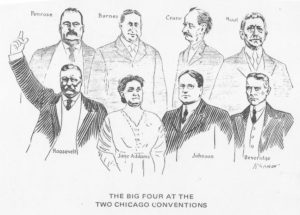
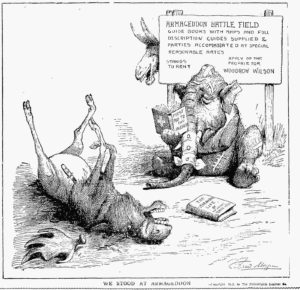
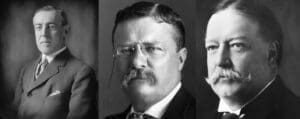
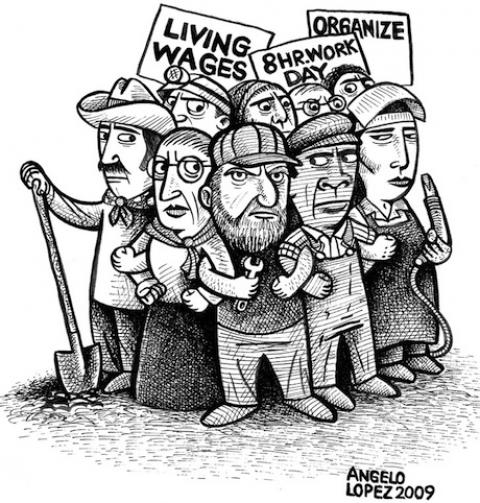
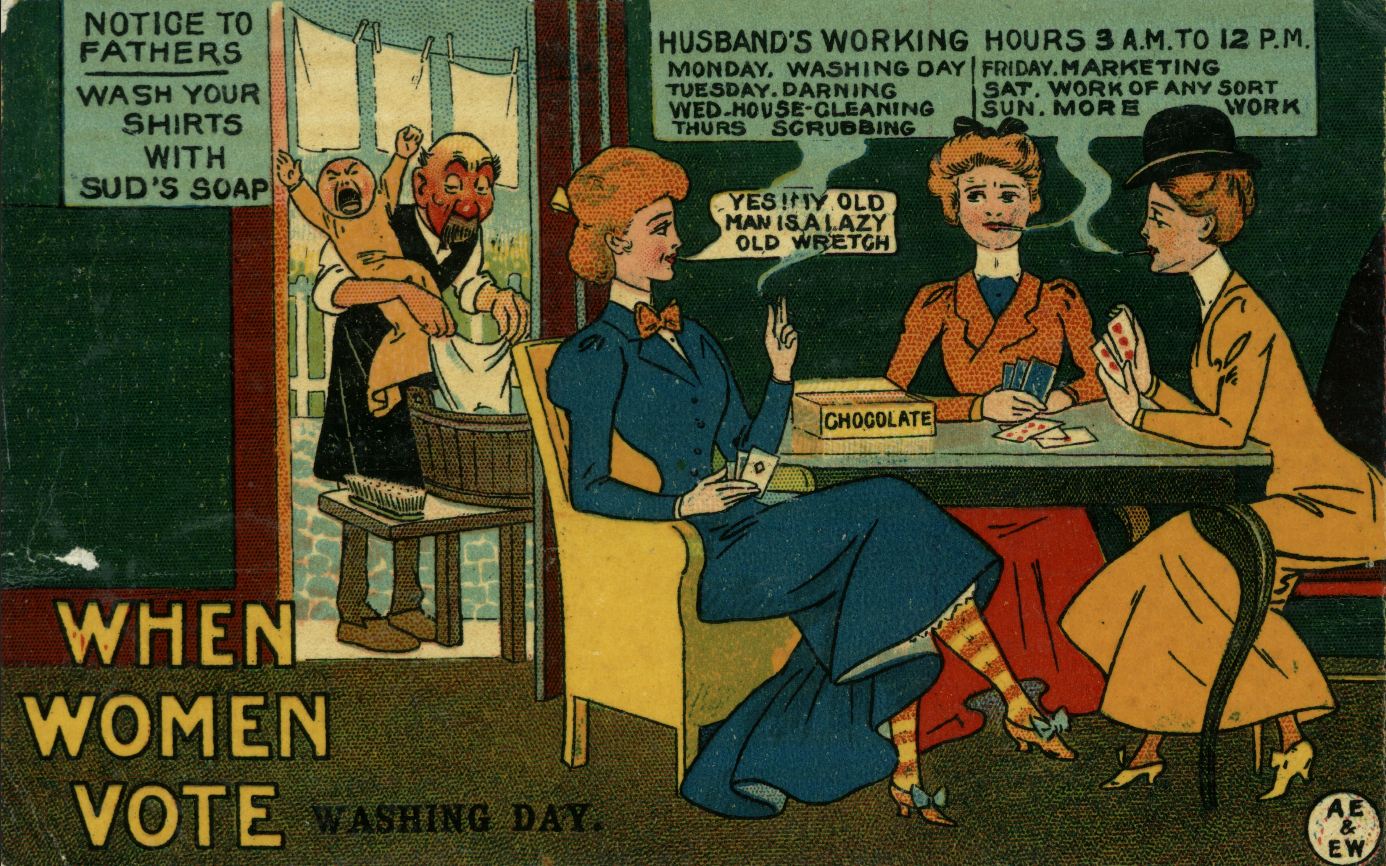

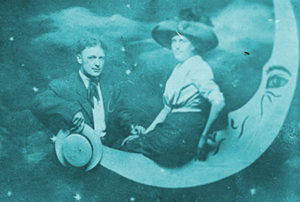
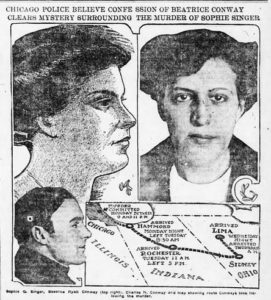
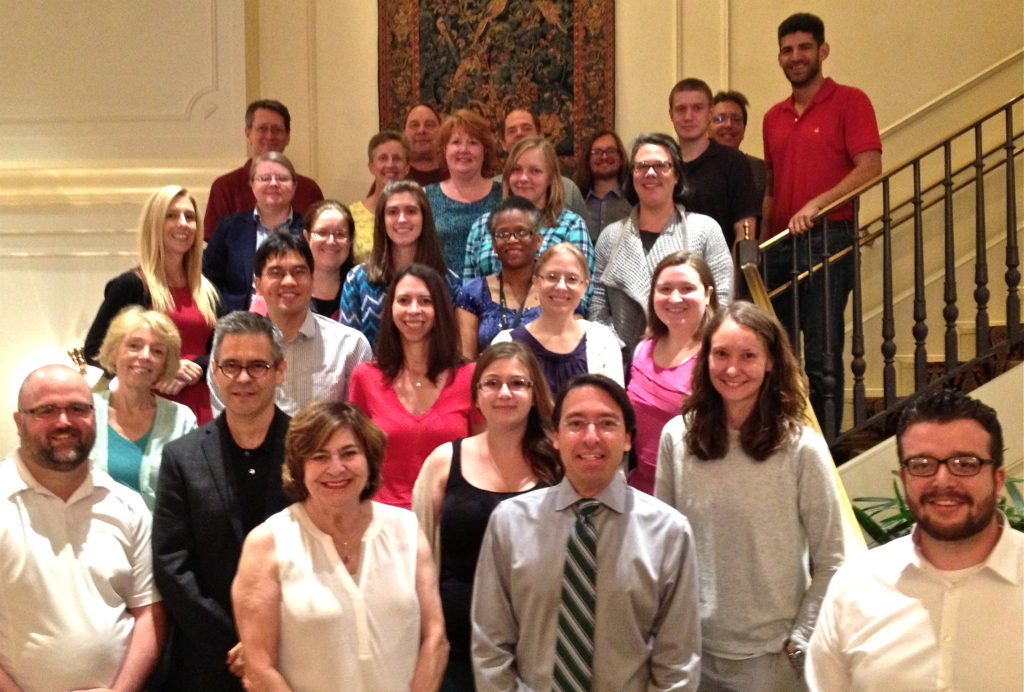 2016’s Institute for the Editing of Historical Documents was held New Orleans, LA, in a hotel on the corner of Bourbon Street and Canal Street. Its courses promised to educate those new to the field of documentary editing, as well as a chance to ask questions about our own projects. Just after classes ended, the Association for Documentary Editing held their annual meeting in the same hotel. And, with a generous grant from the National Historical Publications and Records Commission (NHPRC), the Institute offered a stipend for accepted students.
2016’s Institute for the Editing of Historical Documents was held New Orleans, LA, in a hotel on the corner of Bourbon Street and Canal Street. Its courses promised to educate those new to the field of documentary editing, as well as a chance to ask questions about our own projects. Just after classes ended, the Association for Documentary Editing held their annual meeting in the same hotel. And, with a generous grant from the National Historical Publications and Records Commission (NHPRC), the Institute offered a stipend for accepted students.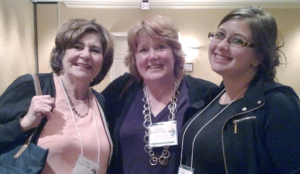 At the end of our stay, many of us knew how to get to Café Du Monde by heart, and some had walked the length of Bourbon Street multiple times. But each of us who attended the Institute found ourselves no longer identifying as a singular project, but rather as one documentary editor with a network of peers, never truly alone in our shared quest to preserve and interpret history.
At the end of our stay, many of us knew how to get to Café Du Monde by heart, and some had walked the length of Bourbon Street multiple times. But each of us who attended the Institute found ourselves no longer identifying as a singular project, but rather as one documentary editor with a network of peers, never truly alone in our shared quest to preserve and interpret history.